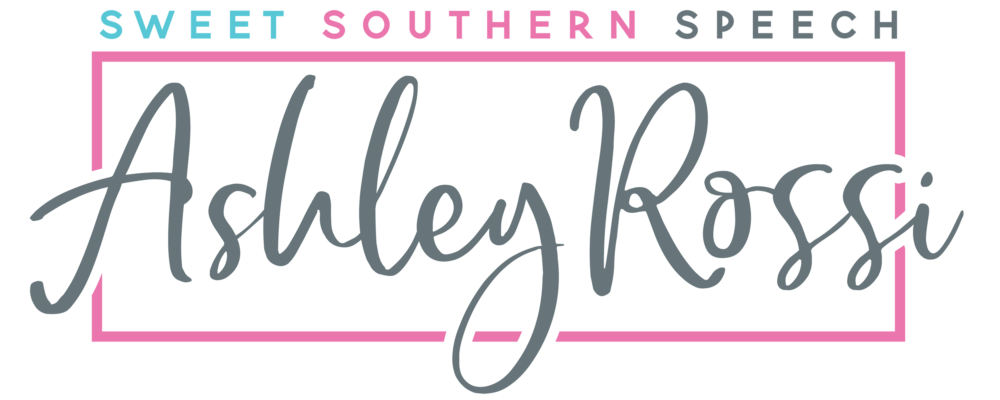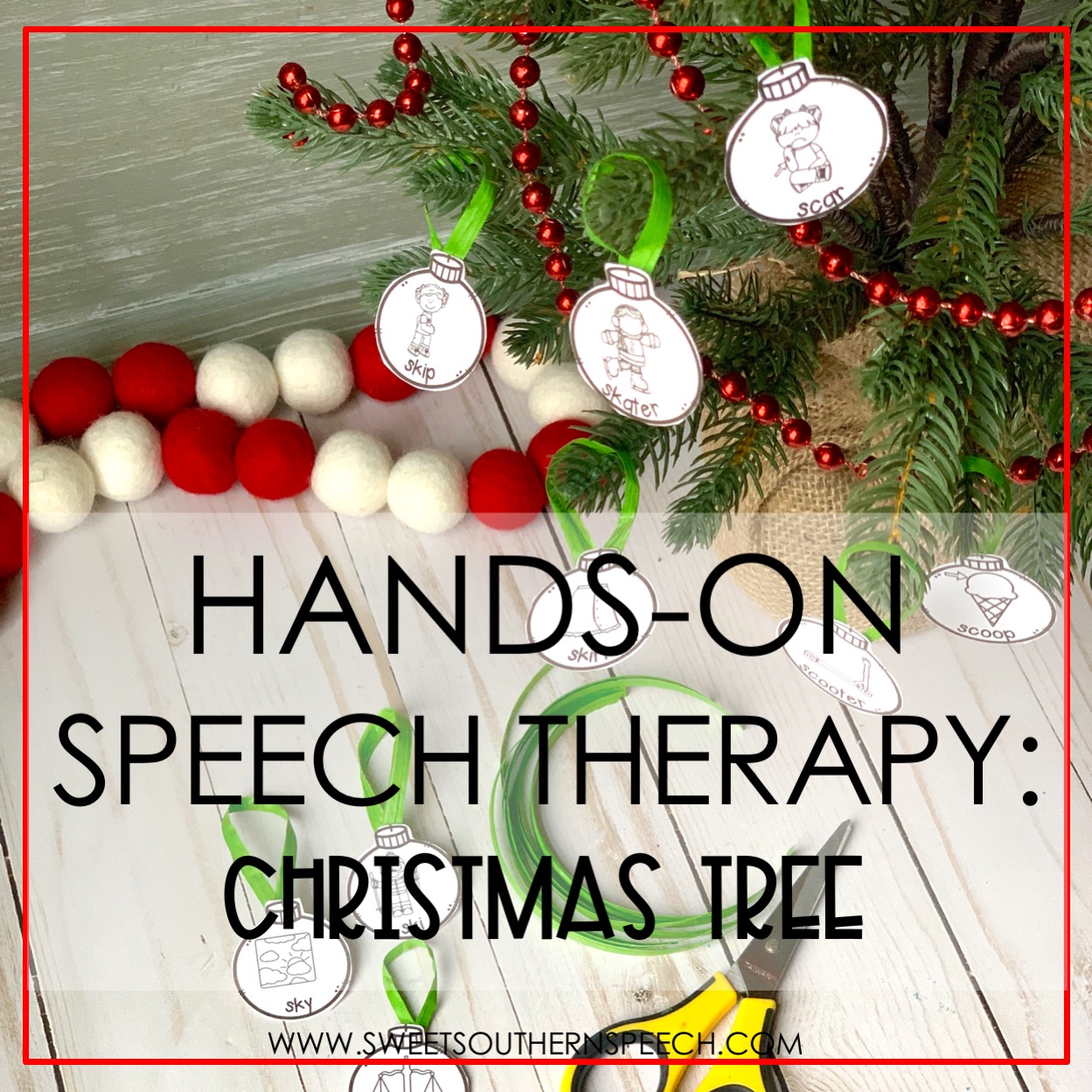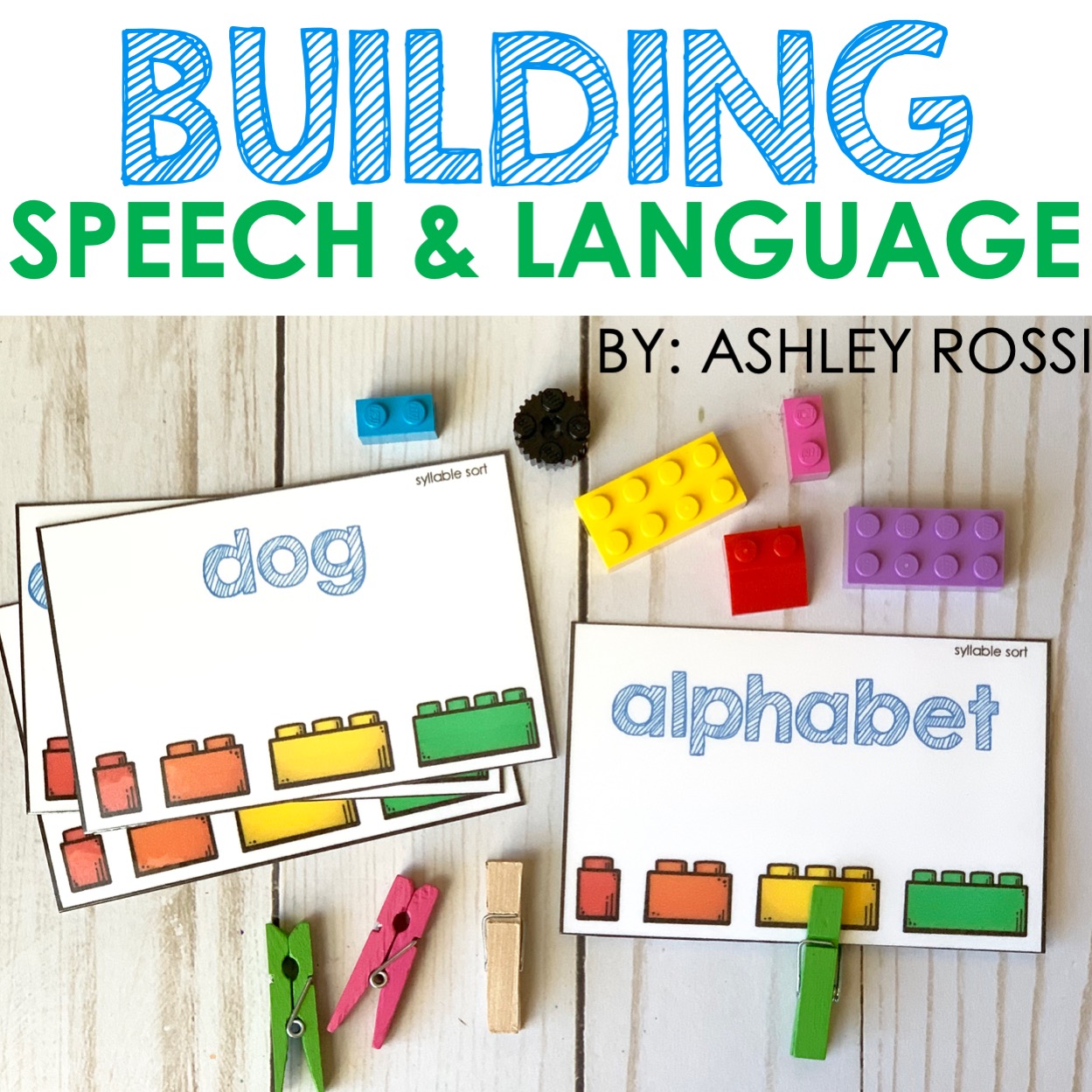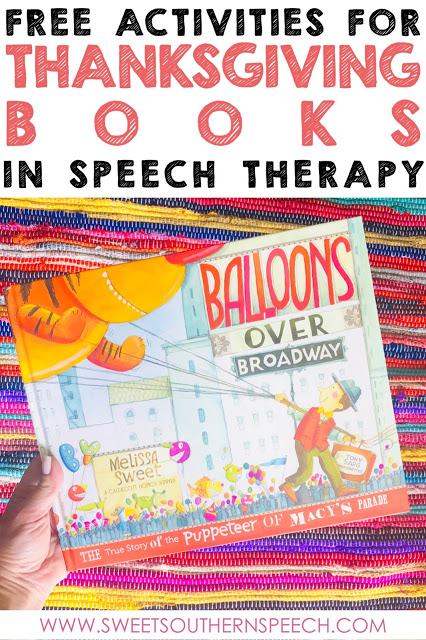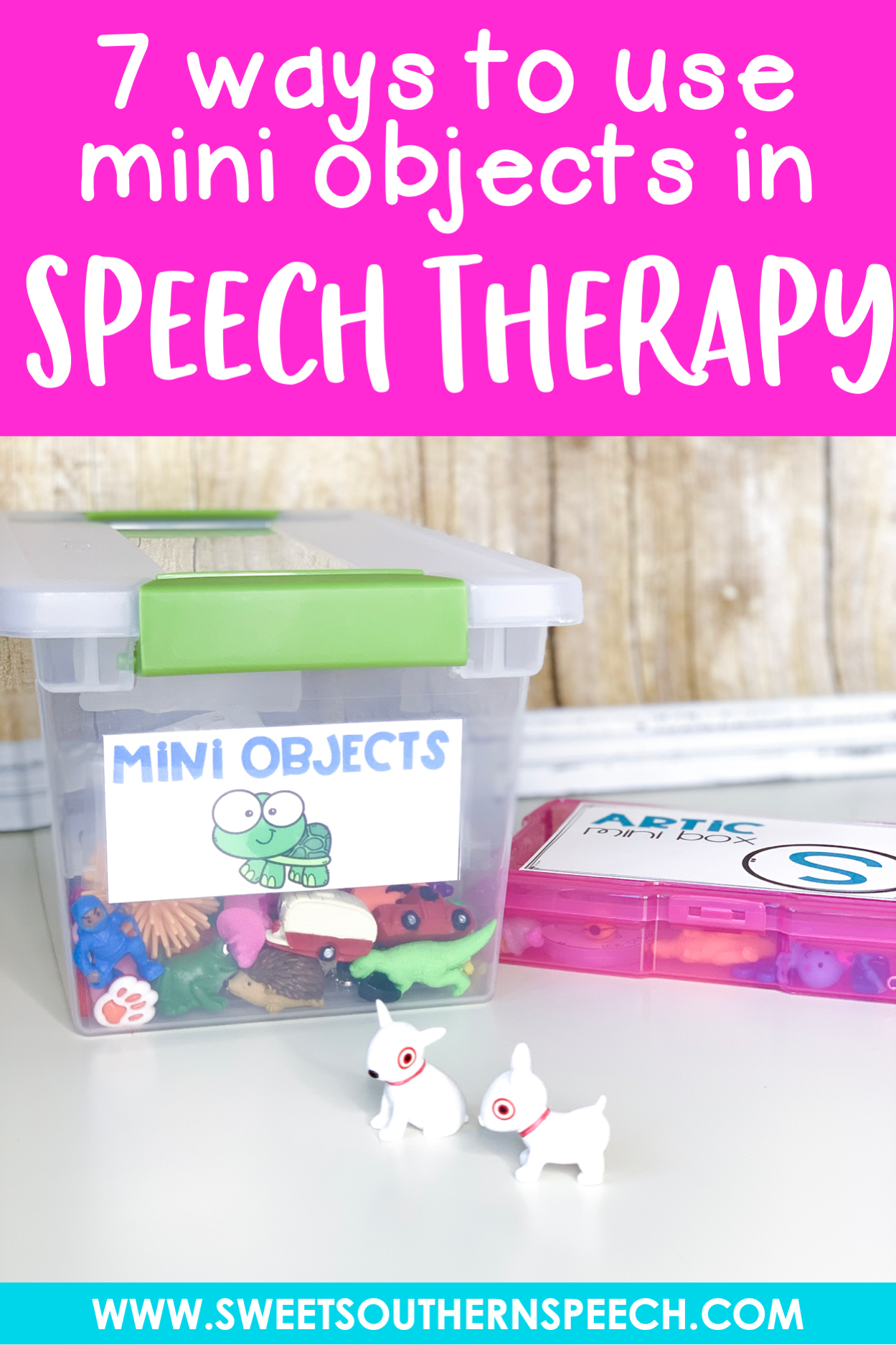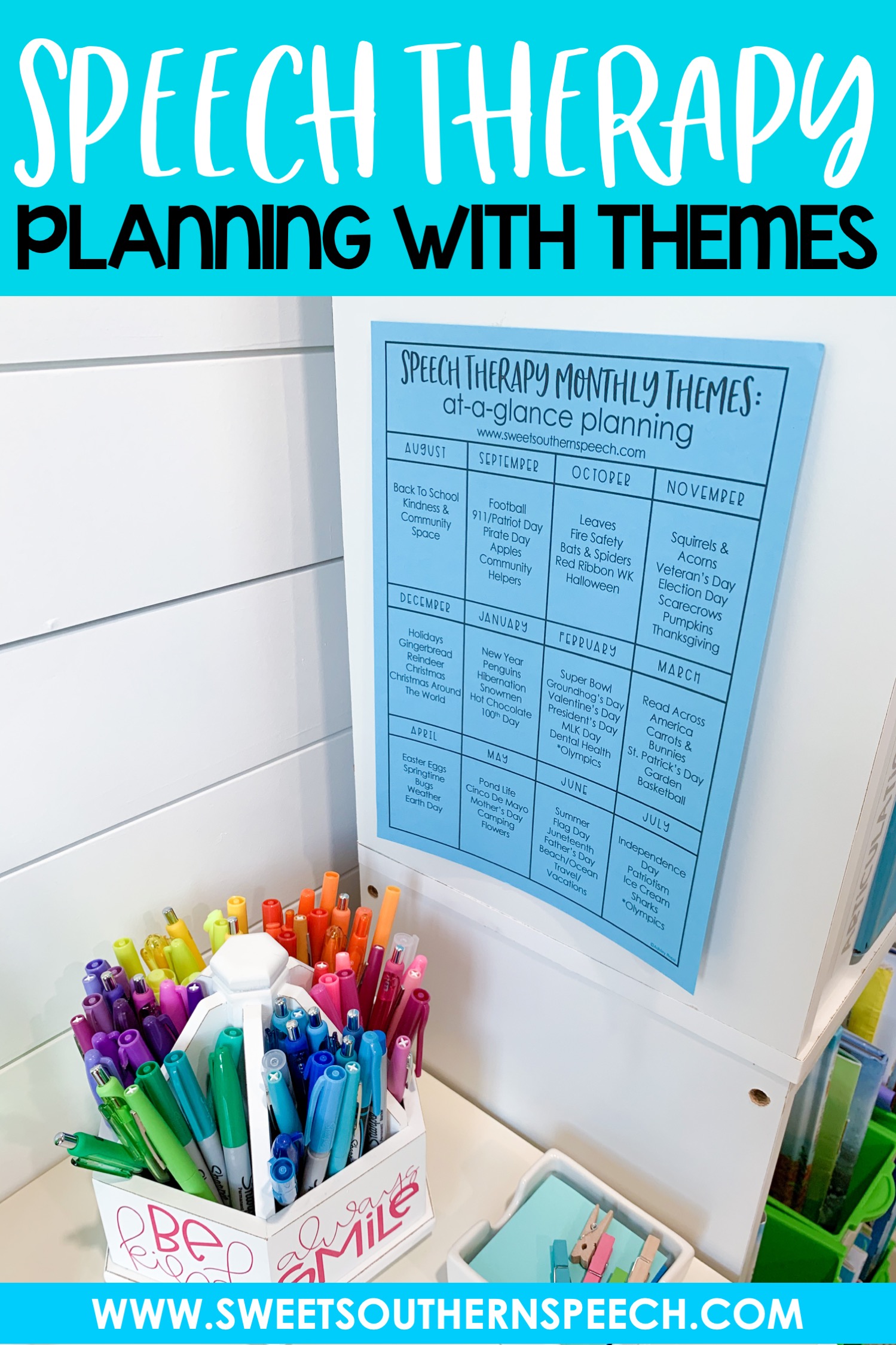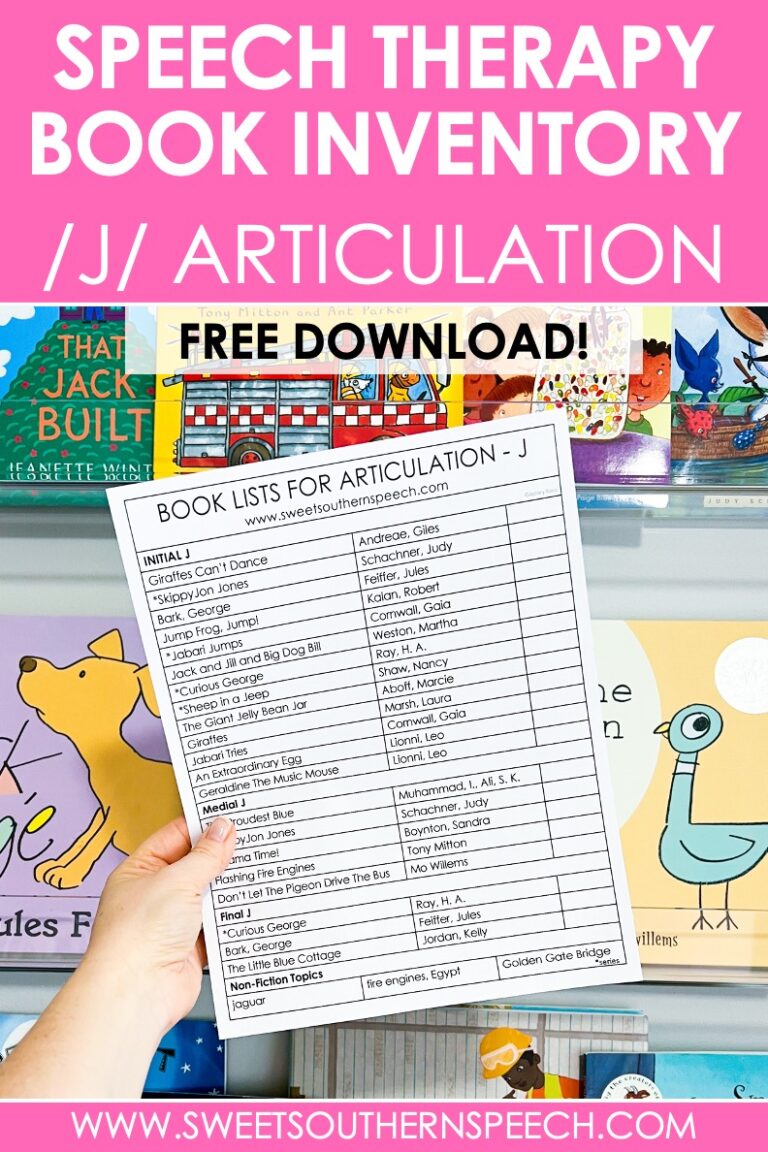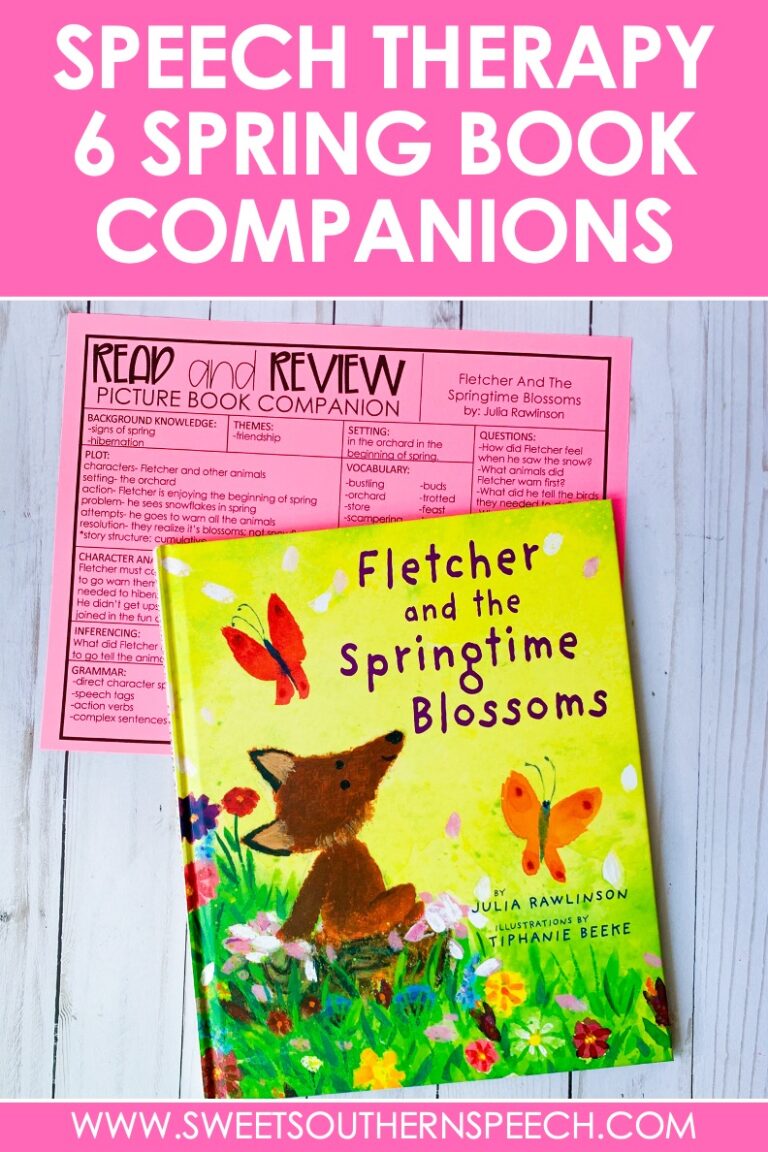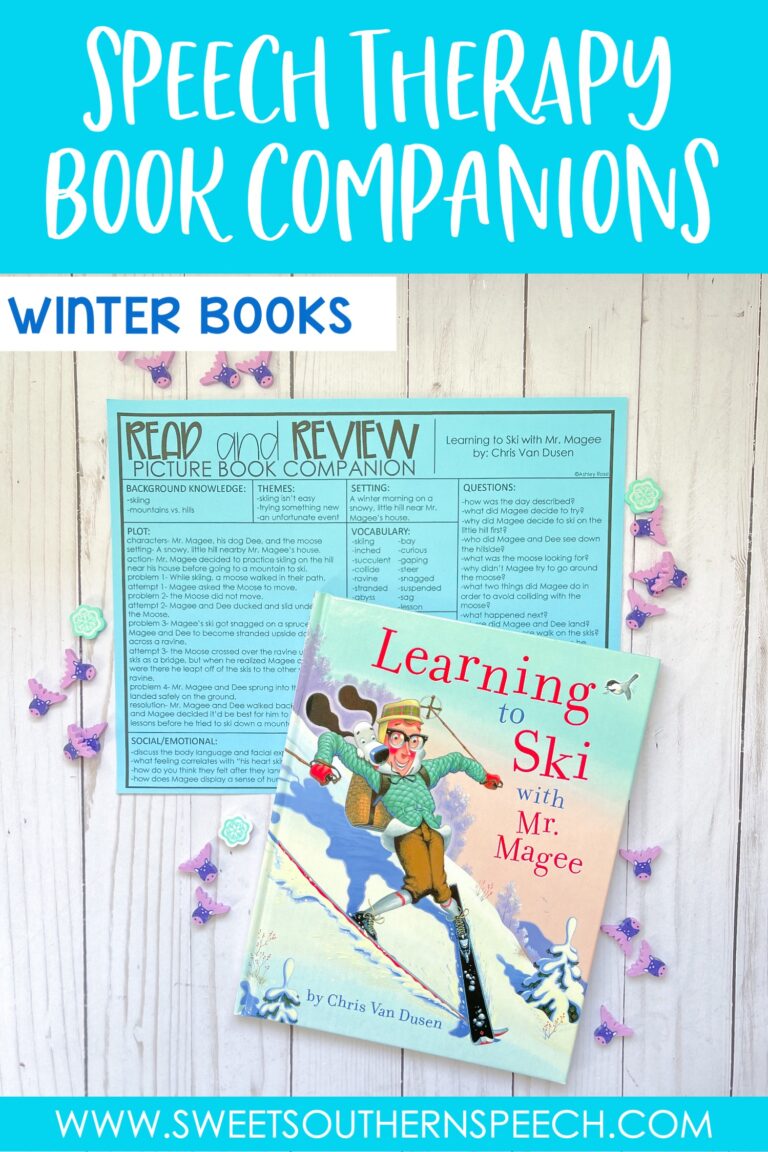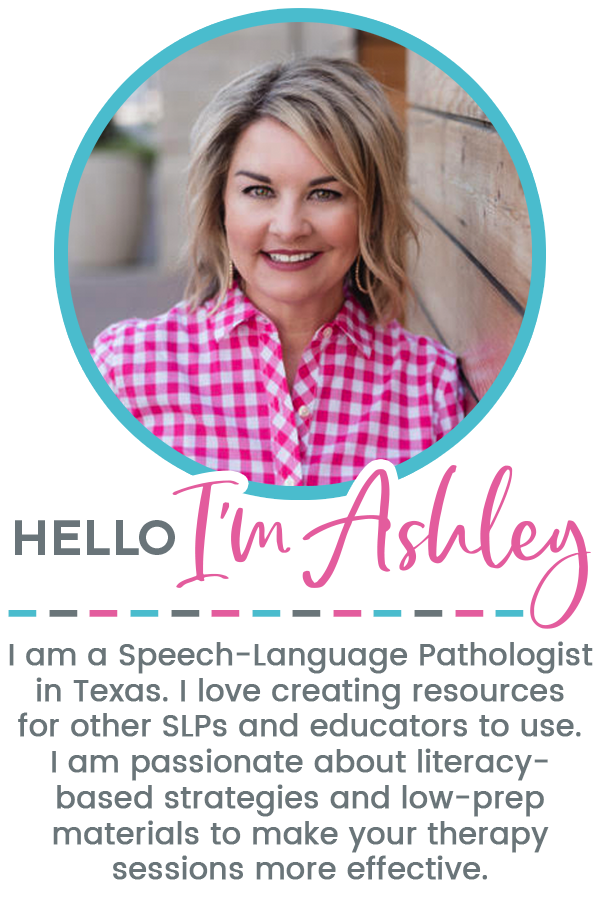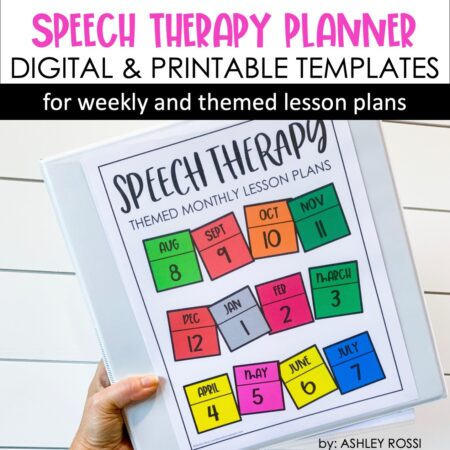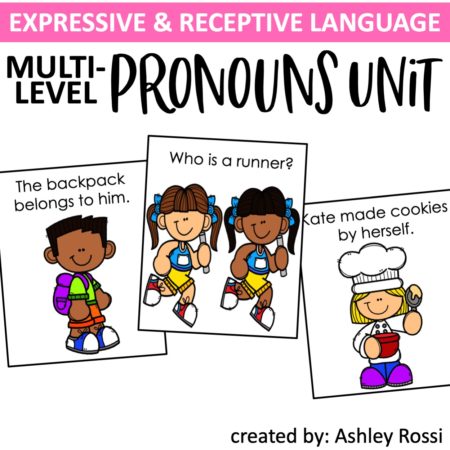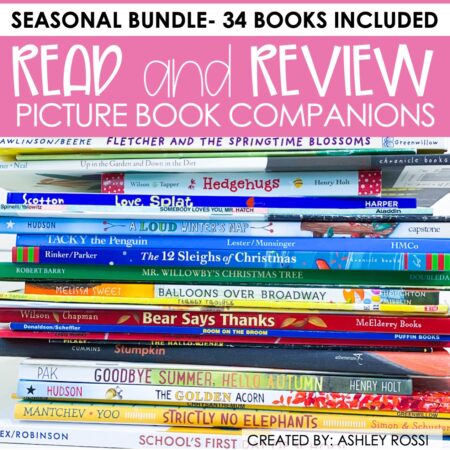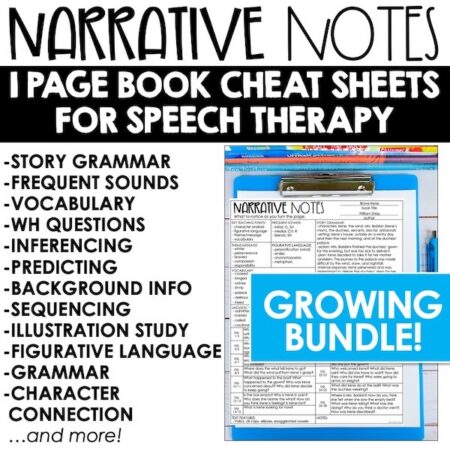Incorporating Fine Motor Skills in Speech Therapy
Ask any Preschool or Kindergarten teacher and they will tell you how concerned they are with the decline in fine motor skills of students. What’s causing the decline? Many feel it’s a combination of more screen time and less outside time climbing and getting messy. Think about some of your students… have you noticed clumsy skills, delayed reciprocal stair climbing, messy eating during snack time or lunch, always leaning on one hand while sitting? Yeah, me too. Therefore, I wanted to collect a list of some fine motor skills to use in our speech therapy sessions! Make sure to download the free Fun With Fine Motor list at the bottom of this post!
When I worked as an early intervention SLP, I co-treated with Physical and Occupational Therapists. I learned invaluable insights into fine motor development and treatment strategies that I still carry with me today when working with my speech therapy students.
It always amazes me how inter-related all our skills are; specifically bilateral coordination. Also called bilateral integration, it’s the movement of both hands together in activities requires processing and integration of both hemispheres of the brain to enable both hands working together at the same time. Without bilateral coordination, a child might appear to be clumsy or drop items, use primarily one hand in activities, or switch hands during tasks that require a dominant hand and a helper hand.
Research of Fine Motor Skills
Research has shown that bilateral-physical activities improves academic performance. More recently, researchers have examined the effects of coordinated-bilateral exercises on attention and concentration in school-aged children. Coordinated-bilateral exercises are specifically designed to use both sides of the body and more body parts simultaneously to perform bilateral movements while crossing the midline of the body. Coordinated-bilateral movements engage both hemispheres of the brain and may facilitate cognitive development of cerebellum and prefrontal cortex. Buchele Harris, H.; Cortina, K.; Templin, T.; Colabianchi, N. and Chen, W. (2018)
Children who struggle with the fine motor demands of kindergarten are at risk of falling behind, becoming dependent on others, being teased by their peers, and developing low perceived scholastic competence. Losse et al., 1991 Piek, Baynam, & Barrett, 2006
The implications of poor fine motor skills extend beyond kindergarten: Several studies have found fine motor performance in kindergarten to be a strong predictor of later math and reading achievement. Grissmer, Grimm, Aiyer, Murrah, & Steele, 2010 Cameron et al., 2012
What do Fine Motor skills include?
Fine motor skills encompass academic skills like scissor skills, pencil and marker grip, self care such as zippering and buttoning clothes, brushing teeth, eating, and play skills such as tower building and LEGOs.
Below are some suggestions for incorporating fine motor activities in your speech therapy sessions. This post contains Amazon affiliate links which means I earn a small commission to support this blog at no cost to you.
The Role of an SLP with Fine Motor Skills
When I have concerns regarding the fine motor development of my speech therapy students, I always seek ways to incorporate activities that will improve those skills. I use this Fine Motor Development Chart as a guide. Obviously, if they are severely behind and it is impairing their quality of life, or behavior, I will make a referral to an Occupational Therapist or at the very least discuss it with the parents and classroom teacher.
There are many activities we can incorporate into our speech therapy sessions to build those foundational skills to improve the strength and coordination of their fingers and hands. Concurrently, your speech therapy sessions will hold their attention and engage them longer. Win-Win!
Important Reminder: If you’re incorporating fine motor tasks but notice speech output is decreasing then the task may be more difficult and taking more of their energy. Simplify the activity to make it not as challenging.
Activities For Fine Motor In Speech Therapy:
Ball Poppers and Nerf Guns
Kids of all ages love using ball poppers and small Nerf Guns. Prop up your articulation cards or these ball popper companions on binder clips and let students practice their words then knock down the cards. TIP: get the Hog Wild brand of ball poppers, some of the cheaper ones just don’t work.
Stickers and Painter’s Tape
This activity is great for thumb opposition and creating an open web space. It’s the perfect activity if you are working on /ST/ blends as well! Create picture story scenes, compare/contrast stickers, categorization, describing, expanding utterances, etc. Draw letters or zig zag lines for them to place stickers on (visual discrimination). The possibilities are endless for stickers in speech therapy. You can find them cheap at the Dollar Tree or the Target Dollar Spot especially during the holidays! I also use blue painter’s tape (or masking tape) to tape toys to the wall. Working on vertical surfaces builds the trunk muscles as well. You can target positional words with this activity such as; “next to” “on” “under” and following directions; “take off the middle toy” or “peel off the toy on the left.” Bjorem Speech on Instagram recently shared this fun activity to “rescue animals” using blue painter’s tape!
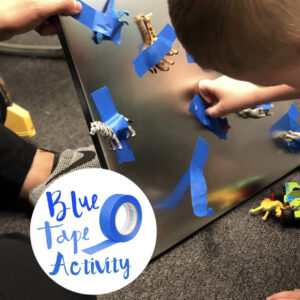
Play Doh and Putty
Build strength and dexterity using play doh. I love using these Play Doh Smash Mats from A Perfect Blend Teaching. You can work on articulation and language goals while students roll a ball (bilateral coordination) and smash the doh (strength) with an open palm onto the mats. Have students roll out snakes then use plastic knives to cut small pieces. Crazy Aaron’s Thinking Putty This is another obsession of kids! My own son has at least 4 tins of this. Hide small trinkets or toys inside and let kids use their intrinsic muscles to push and pull out the toys. Dinkydoodads from ETSY, plastic beads, or small coins work great! Work on describing and categorization of the items they pull out of the putty!
Mr. Potato Head
Such a classic toy with SO many possibilities for incorporating into speech therapy sessions! I use Mr. Potato Head for targeting prepositions, following directions, and requesting! Inserting all the little arms, legs, and accessories targets builds hand strength and bilateral coordination (hello – left and right brain working together!).
LEGOs
Another great way to build strength and dexterity for pre-writing skills and who doesn’t love LEGOs?! I’ve incorporate them many ways. One is to simply have a bin of an assortment of bricks and parts and simply have them practice their articulation words or language concepts, then “earn” a few bricks to build anything they want. This also taps into their creativity and you can indirectly work on describing at the same time. I also use this Speech Therapy LEGO companion that targets EET, following directions, syllables, negation, basic concepts, attributes and more! Check out this blog post on using LEGOs in speech therapy. You can also download these FREE LEGO challenge cards.
Paper Clips and Clothespins
Well, we all have paper clips, right?! Who knew these little things could spark so much entertainment for kids. Paper clips are great for developing fine motor skills such as open web space, pincer grasp, tripod grasp, and hand-eye coordination! I love this Paper Clip companion for Articulation by Panda Speech. You can use clothespins on articulation cards as you practice them!
Q-Tip Art
Improve intrinsic muscle strength of the hands and fingers while promoting an open web space and a tripod grasp. Additionally, bilateral coordination is targeted as the child will need to hold the paper down. To reduce the workload, tape down the paper. To integrate speech therapy goals, use the art to target articulation goals or language goals. Ideas include, dotting articulation word lists, color coordinating category words, dotting articulation trials.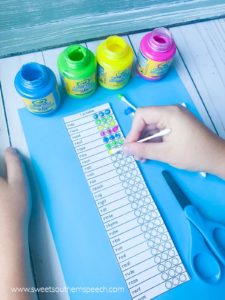
Lacing Cards and Lacing Beads
This will develop the dynamic tripod grasp needed for pencil grip as well as bilateral coordination, hand-eye coordination, and motor planning. I love the Eric Carle lacing cards or these cute pet lacing cards from Melissa and Doug! You can easily make homemade lacing activities using leftover cardboard (from a cereal box, etc) or foam sheets from a craft store. Punch holes using a hole puncher and grab an old shoe lace! You can incorporate lacing alphabet beads into your speech therapy sessions by having them build core words, site words or articulation words.
Tweezers
Tweezers target pincer grasp and thumb stabilization. I get the small plastic tweezers from Hobby Lobby or Amazon. You can have them pick up small craft pom poms or counting bears and place them in a cup after they practice their articulation tasks. If you have several students, use a dice to roll how many they get to pick up and who ever has the most at the end wins.
Scissors
Scissoring require bilateral hand coordination specifically, leading hand-supporting hand. Draw or print out zig zag lines on a page for kids to cut. Bonus if you write articulation words to practice as they cut. Kids love using the decorative edge scissors (a bit tougher than standard scissors). They are fun to use for little craft projects – especially around the holidays and seasons I will get colored construction paper and let them make a card for someone to take home!
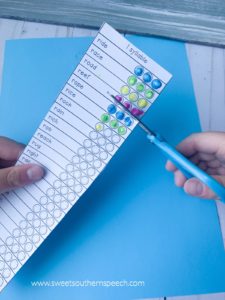
Circle Punches
Forgive me, I’m a bit obsessed with circle punches! I have them from .5 inch up to 4 inches! There are several at Hobby Lobby or Michael’s and Amazon. The 1 inch circle punches are perfect for the Dice and Dot crafts here on my blog and in my TpT store. Practice saying the articulation or language target words then punch out to make a craft! I use circle punches often in my speech sessions for building fine motor!
Wind Up Toys
Another great activity for pincer grasp, dexterity, and bilateral coordination. These are fun and often found in craft stores near a check out counter or on Amazon. I have a big collection in a basket. For integrating this fine motor activity into your speech therapy sessions, you can work on requesting, compare/contrast, core words “go” “more” “again” “all done.” They are highly engaging!
Hole Punches
Similar to the circle punches, this really develops steadiness and dexterity in the hand. Since this is something we all have in our desk drawer, it’s easy to pull them out for fine motor challenges in speech therapy! You can have them punch circles out of the black and white version of the Articulation Cards found in my TpT store!
Rubber Bands
Another simple everyday item that kids just love in therapy. So many ways to use them. This can be a “simple keep them busy fidget” activity (putting on/taking off an empty soup can, etc) while a student is drilling articulation words. However, if you are targeting bilateral coordination, dominant hand, intrinsic strength and dexterity then consider Geoboards. The Loop and Say Companion from Ms Gardenia’s Speech Room has been a hit with my kids. The colorful mini rubber bands -like hair bands are fun too. I get them from the craft stores or in the hair care section of Target. Put articulation words on craft sticks and have the students wrap the rubber bands around the stick as they practice. I’ll have my students roll a dice to tell them how many times to practice a word and how many bands to put on!
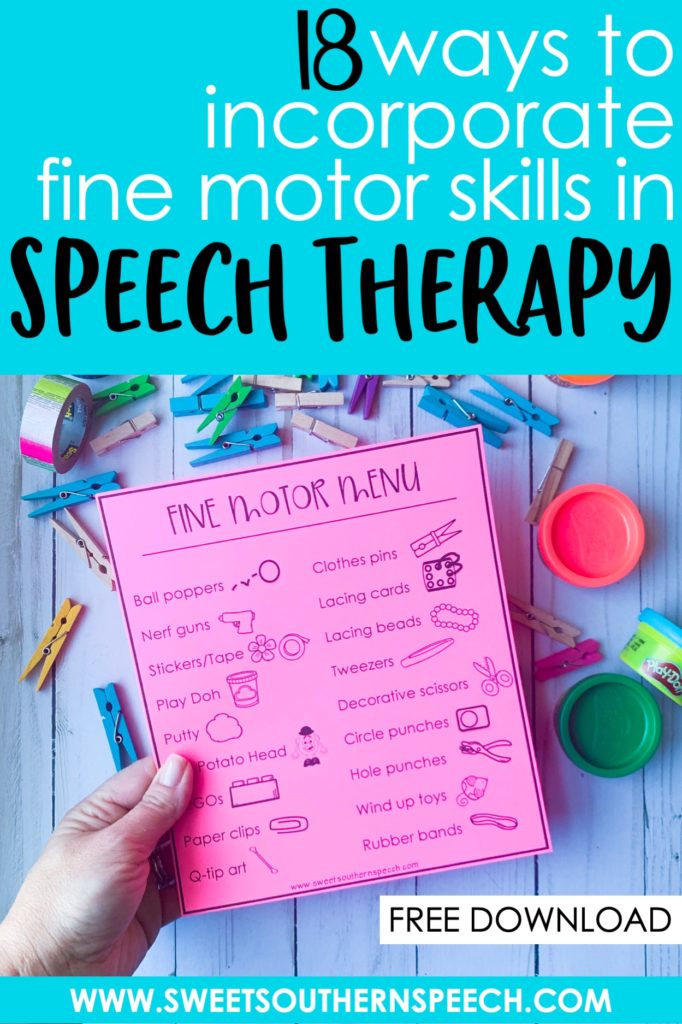
If you’re interested in diving deeper into fine motor or the and want to learn more, I recommend checking out www.the-ot-mom-learning-activities.com and www.theottoolbox.com
I hope you have gotten a few fun ways to incorporate engaging fine motor activities into your speech therapy sessions! What activities have you tried successfully in therapy? Let me know in the comments below!
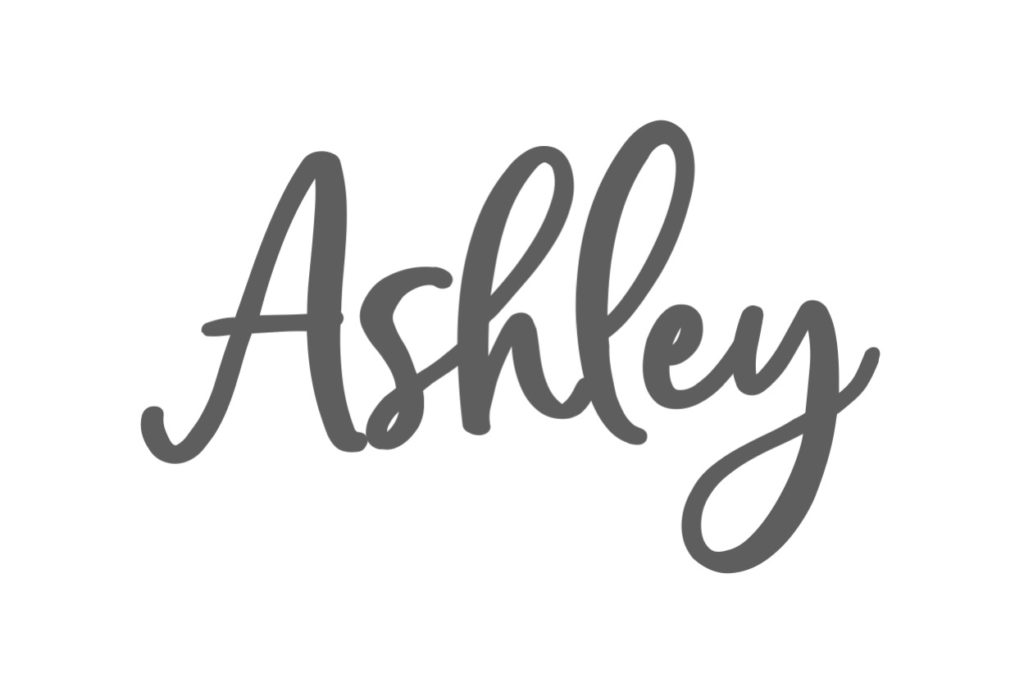
YOU MAY ALSO LIKE
-
Play-Based Speech Therapy: Christmas Tree activity
I don't do that many crafts in my speech room, but I do love intentional…
-
Hands-On Speech Therapy: LEGOs
LEGOs in Speech Therapy LEGOs are one of my go-to activities in Speech Therapy, especially…
-
6 Thanksgiving Books For Speech Therapy
Thanksgiving themed books are fun in my Speech room. Here are some suggestions for my…
-
Using Mini Objects In Speech Therapy
How I Use Mini Object In Speech Therapy To me, mini objects are like books…
